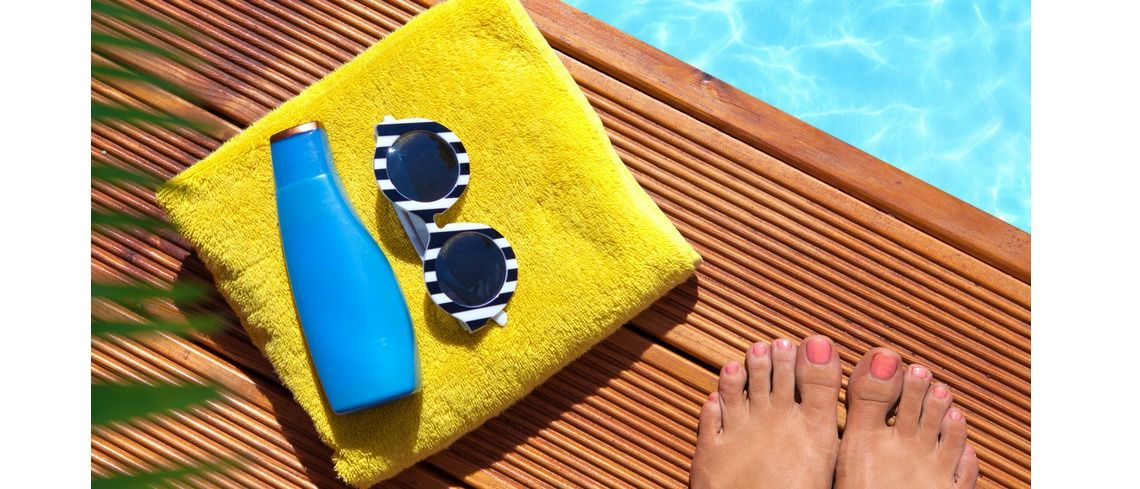
Most people feel better – emotionally and physically – when the sun is shining and the birds are singing, and with so much time spent indoors and in front of computer screens, it’s easy to want to get out and about whilst the weather is fine! As a medical professional, I know that time outdoors is more likely to result in increased physical activity (another factor that can have a massive positive influence on our physical and mental wellbeing) and I'm all for it, as long as people take adequate sun safety precautions when they are outside! We all need to make the very most of those 5.3 days of Summer we actually get in the UK…!
It’s easy to forget to apply the SPF when the weather is overcast or cloudy (although it's important to build this into your skincare regime all year round!), but I’ve heard that some people delay or even don't apply their SPF on a hot, sunny day ‘to help top up their Vitamin D levels’. But do we really need to risk skin damage to take on sufficient Vitamin D?!
Vitamin D helps the body to absorb calcium and phosphate from our diet to help build and maintain healthy bones, teeth, and muscles. Between October and March in the UK, its' difficult to get the daily required amount of Vitamin D purely from the sun, meaning that we do have to rely on our diets (or foreign holidays) to provide us with sufficient Vitamin D. Eggs, red meat and oily fish are all great sources of this essential vitamin. During the Spring and Summer months in the UK, it's possible to get all our Vitamin D from the sun, just by exposing certain parts of the body – like the forearms and face – to the sun, in short bursts throughout the day. The amount of time needed to take on sufficient Vitamin D does vary from person to person, depending on the amount of skin exposed, and skin colour. However, prolonged exposure to the sun in the heat of the day just isn’t necessary, so please ensure you take adequate precautions to prevent sun damage by:
- Wearing a hat, sunglasses, and long sleeved lightweight clothing
- Regularly applying a good quality, broad spectrum SPF
- Seeking out a shady spot when the sun is strongest between 11am and 3pm.
So, what do I say to those people who strongly believe that a tan makes them look good and healthy? My response is always to ‘fake it’! Long-term UV exposure can lead to reduced skin elasticity (contributing to the appearance of wrinkles and lines), and can also cause an overall degradation of skin texture and pigmentation, as well as increasing your risk of suffering from skin cancer. If you really want to delay some of the physical symptoms of skin ageing, it’s definitely worth reaching for the fake tan rather than jumping into the sunbed – your skin will thank you for it in years to come!
(Vitamin D Information taken from NHS UK Livewell Summerhealth pages)
Related Treatments

Chemical Skin Peel
Chemical skin peels are non-invasive procedures th...

